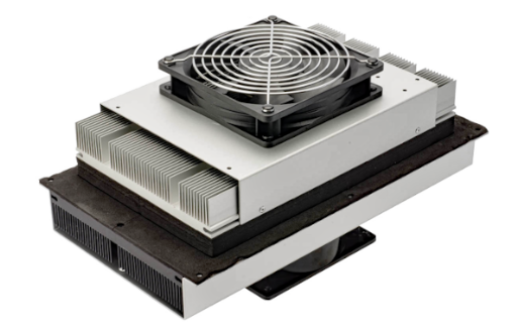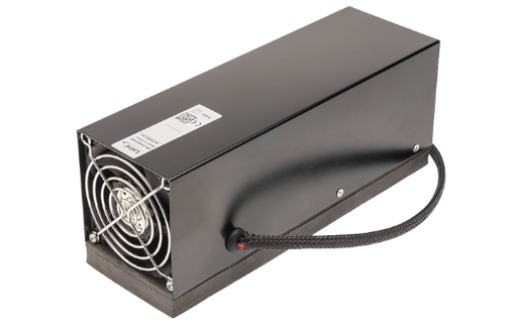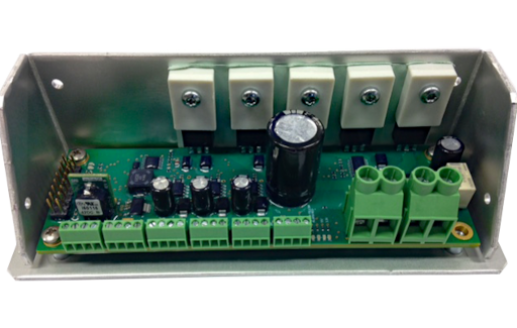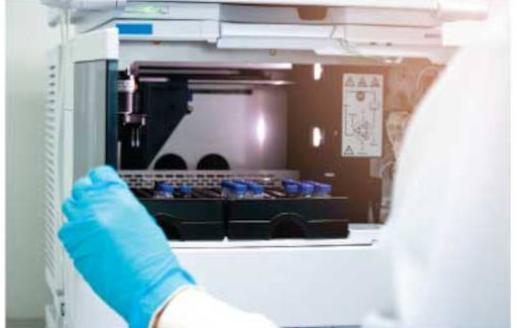Liquid Chromatography
Liquid chromatography is used for analyzing mixtures by separating, identifying, and quantifying their constituent components.
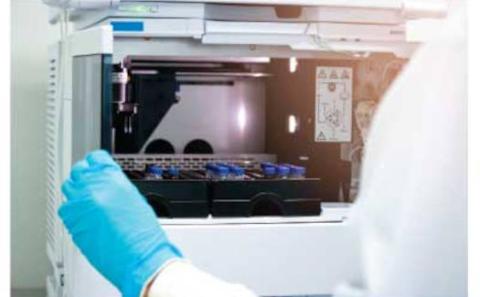
Quick Links
High-performance liquid chromatography (HPLC) is a technique used for analysis of mixtures by separating, identifying, and quantifying their constituent components. Liquid chromatography normally operates with smaller amounts of material and seeks to measure the relative proportions of analytes in a mixture. R&D laboratories in the pharmaceutical, food science and oil industries use these instruments for product development or reverse engineering.
Temperature control plays a major role in the liquid chromatography separation process by influencing the interactions taking place between the sample components and adsorbent. There are two major uses of thermoelectric Peltier technology in controlling temperature of HPLC instruments; temperature control of the sample tray by thermoelectric cooling and heating and the heating and cooling of the separation column.
Laird Thermal Systems’ standard and custom thermal management solutions offer precise temperature control to optimize the performance of liquid chromatography equipment. The HiTemp ETX thermoelectric coolers deliver superior performance and the ability to both heat and cool. Laird Thermal Systems PowerCool and Tunnel Series thermoelectric cooler assemblies are driven by the SR-54 programmable controller to deliver a complete thermal management solution.
Read more about Liquid Chromatography in our application note on Heating and Cooling for Liquid Chromatography Systems.



